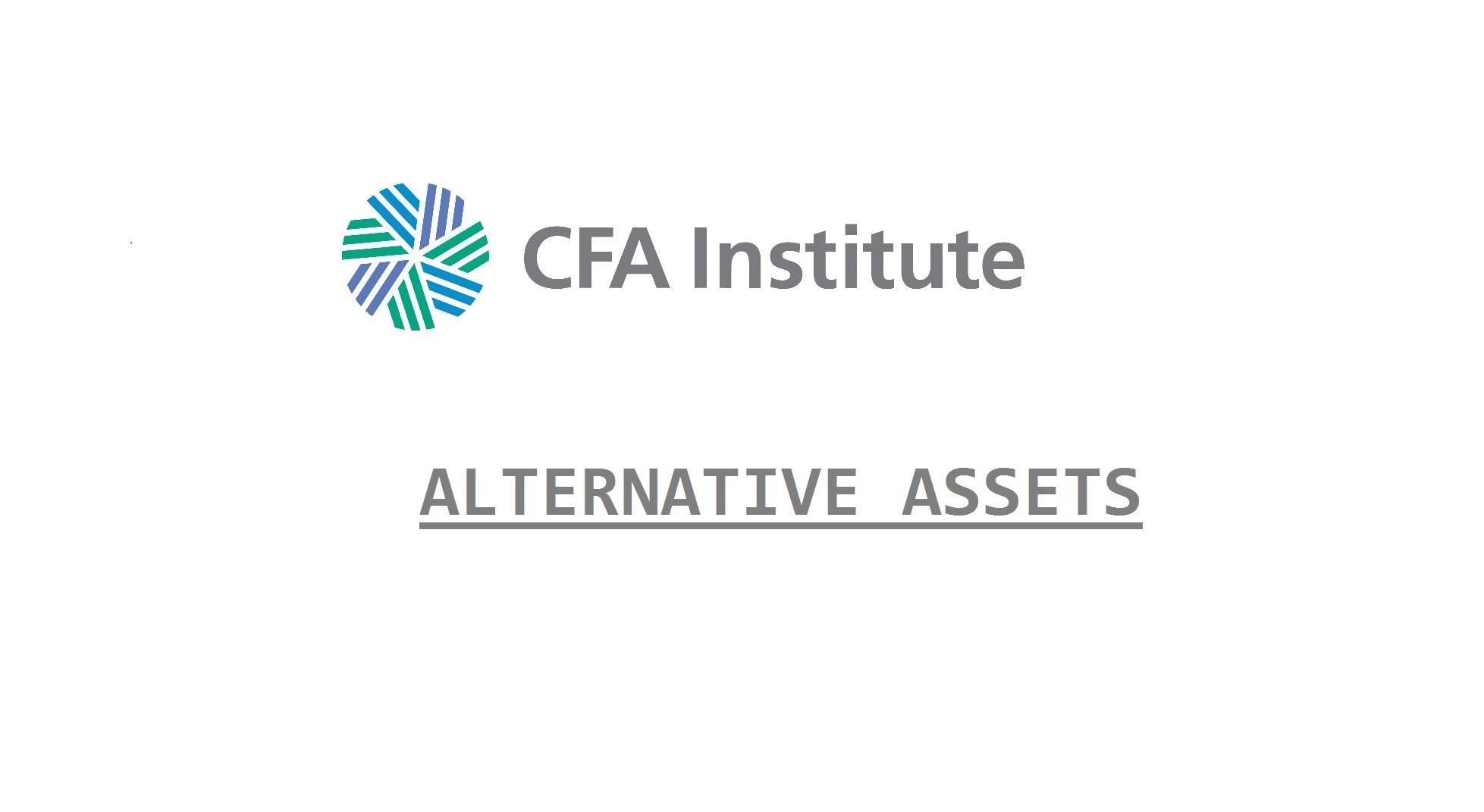Characteristics of Hedge Funds:
- Legal/Regulatory Overview: Lower regulatory and legal constraints.
- Flexible Mandates—Few Investment Constraints: Given the relatively low legal and regulatory constraints faced by hedge funds, their mandates are flexible; thus, they are relatively unhindered in their trading and investment activities in terms of investable asset classes and securities, risk exposures, and collateral.
- Large Investment Universe: Lower regulatory constraints and flexible mandates give hedge funds access to a wide range of assets outside the normal set of traditional investments.
- Aggressive Investment Styles: Hedge funds may use their typically flexible investment mandates to undertake strategies deemed too risky for traditional investment funds.
- Relatively Liberal Use of Leverage: Hedge funds generally use leverage more extensively than regulated investment funds.
- Hedge Fund Liquidity Constraints: Limited partnership-format hedge funds involve initial lock-up periods, liquidity gates, and exit windows.
- Relatively High Fee Structures: Hedge funds have traditionally imposed relatively high investment fees on investors, including both management fees and incentive fees. These have historically been 1% or more of AUM for management fees and 10%–20% of annual returns for incentive fees.
A single-manager fund is a fund in which one portfolio manager or team of portfolio managers invests in one strategy or style.
A multi-manager fund can be a multi-strategy fund, in which teams of portfolio managers trade and invest in multiple different strategies within the same fund or a fund-of funds where a fund in which the fund-of-funds manager allocates capital to separate, underlying hedge funds that themselves run a range of different strategies.
Hedge fund strategies can be classified in various ways. The taxonomy is often based on some combination of:
- the instruments in which the managers invest (e.g., equities, commodities, foreign exchange, convertible bonds);
- the trading philosophy followed by the managers (e.g., systematic, discretionary); and
- the types of risk the managers assume (e.g., directional, event driven, relative value).
Classifications of Hedge Fund Strategies
- Equity-related hedge fund strategies focus primarily on the equity markets, and the majority of their risk profiles involve equity-oriented risk.
- Event-driven hedge fund strategies focus on corporate events, such as governance events, mergers and acquisitions, bankruptcy, and other key events for corporations.
- Relative value hedge fund strategies focus on the relative valuation between two or more securities.
- Opportunistic hedge fund strategies take a top-down approach, focusing on a multi-asset (often macro-oriented) opportunity set.
- Specialist hedge fund strategies focus on special or niche opportunities that often require a specialized skill or knowledge of a specific market.
- Multi-manager hedge fund strategies focus on building a portfolio of diversified hedge fund strategies. Managers in this strategy bucket use their skills to combine diverse strategies and dynamically re-allocate among them over time.
Most prominent hedge fund data vendors use a combination of these criteria to classify hedge fund strategies.
Hedge Fund Research, Inc. (HFR) reports manager performance statistics on more than 30 strategies and divides funds into six single strategy groupings that are widely used in the hedge fund industry. HFR’s six main single strategy groupings are 1) equity hedge; 2) event driven; 3) fund-of-funds; 4) macro; 5) relative value; and 6) risk parity.
Lipper TASS, classifies funds into the following ten categories: 1) dedicated short bias; 2) equity market neutral; 3) long/short equity hedge; 4) event driven; 5) convertible arbitrage; 6) fixed-income arbitrage; 7) global macro; 8) managed futures; 9) fund-of-funds; and 10) multi-strategy.
Morningstar CISDM separates hedge funds in its database into finer categories, like merger arbitrage and systematic futures, among others. In addition, the Morningstar CISDM Database separates fund-of-funds strategies into several different sub-categories, such as debt, equity, event driven, macro/systematic, multi-strategy, and relative value.
Eurekahedge, an important index provider with its roots in Asia, has grown to include many smaller hedge fund managers globally. Its main strategy indexes include nine categories: 1) arbitrage; 2) commodity trading adviser (CTA)/managed futures; 3) distressed debt; 4) event driven; 5) fixed income; 6) long/short equities; 7) macro; 8) multi-strategy; and 9) relative value.
The Credit Suisse Hedge Fund Index is an asset-weighted index that monitors approximately 9,000 funds and consists of funds with a minimum of US$50 million AUM, a 12-month track record, and audited financial statements. The index is calculated and rebalanced monthly, and it reflects performance net of all performance fees and expenses. Credit Suisse also subdivides managers into nine main sub-indexes for strategy areas: 1) convertible arbitrage; 2) emerging markets; 3) equity market neutral; 4) event driven; 5) fixed income; 6) global macro; 7) long/short equity; 8) managed futures; and 9) multi-strategy.
